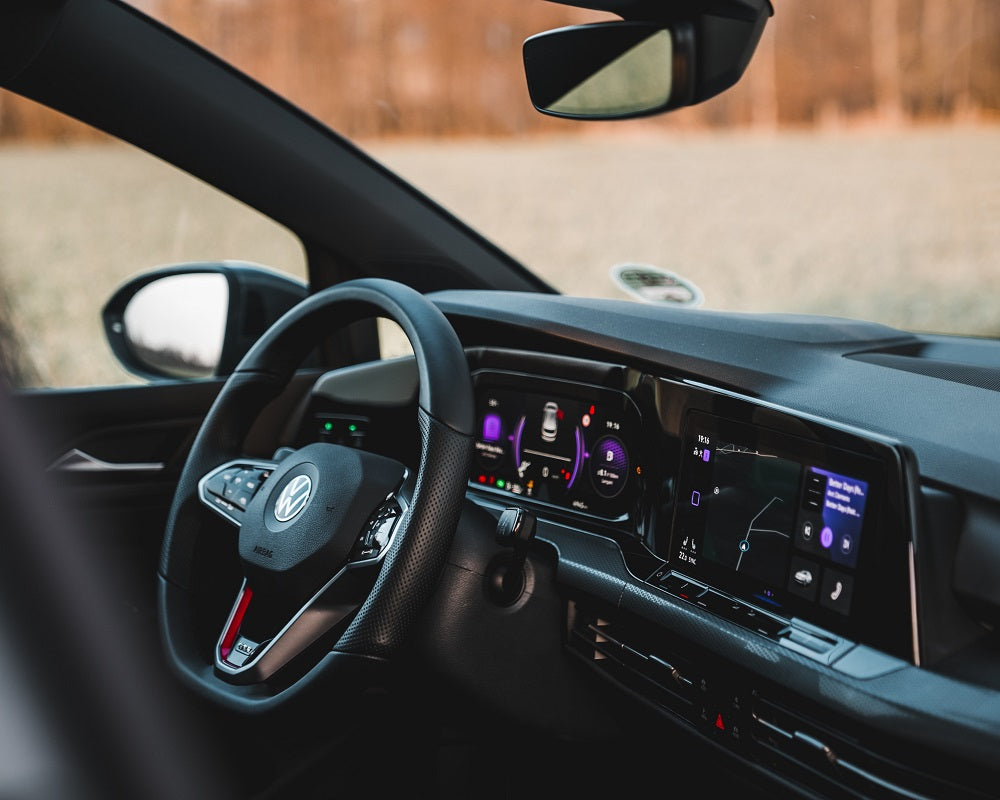
Wireless And Wired, Apple CarPlay And Android Auto
Since their introduction in the mid-1980s, Apple CarPlay and Android Auto have required a physical USB connection in almost all cases. But new in-car multimedia systems are starting to offer wireless integration of both platforms - first in aftermarket audio systems, but more recently in some factory systems.
Wireless Integration
In just a few years, wireless integration of Apple CarPlay and Android Auto has gone from rare to common. While most cars still require a traditional USB connection for integration, many models now offer wireless CarPlay or Android Auto - the latter is a recent introduction, but in some cases can be added to previous models via a wireless update.
BMW is the first automaker in the industry to offer wireless Apple CarPlay on select vehicles starting with the 2017 model year. That said, factory wireless CarPlay isn't a given, and wireless Android Auto is still limited to the aftermarket. Today, the vast majority of both platforms still require a physical USB cable. We originally published a full list of all models offering wireless smartphone integration in 2019, but availability has increased significantly since then.
Important notes
For vehicles that offer wireless Apple CarPlay or wireless Android Auto integration, this feature may not always be standard. In many cases, automakers restrict wireless access to certain trim levels or optional packages while using traditional wired Apple CarPlay and Android Auto elsewhere. Some hybrid or high-performance versions may also offer this feature, so you'll need to research the models in which it is available for more details.
However, the technology can and is increasingly changing as automakers adopt vehicles that can receive over-the-air updates. For example, BMW now offers wireless Android Auto in certain models through over-the-air updates to its Live Cockpit Professional and iDrive 7 interfaces. Other cars with similar features may do the same.

How does connectivity work?
Connectivity requires in-car Wi-Fi, as Bluetooth alone isn't powerful enough. The latter supports phone calls or streaming music, but ultimately supports relatively little data. Apple CarPlay and Android Auto require a more robust connection - starting with power behind the physical cable, which both systems need to begin with. A Wi-Fi connection to the multimedia system via the car's router can accommodate more data.
Apple CarPlay and Android Auto consume so much power that we've observed phones connected to older-generation USB ports lose battery power when using these systems, necessitating the use of powerful charging sources. Wireless charging pads can already take phone calls - a feature widely used across the industry, especially in cars equipped with wireless Apple CarPlay.
Will I pay more for Wi-Fi in my car?
No. Wi-Fi hotspots are self-contained and allow devices in the car to access the Internet without using cellular data. Cars with this feature usually charge a monthly subscription fee after the free trial period ends, but both BMW and Audi confirm that the subscription does not require wireless Apple CarPlay activation to work. That said, your car may require a paid subscription to keep Apple CarPlay active in any form.
One last warning: if you don't have any active Wi-Fi hotspots in your car, Apple CarPlay and Android Auto may use your phone's cellular data via USB cable or wireless connection. Of course, this may incur an additional charge to your cell phone bill based on data usage.
